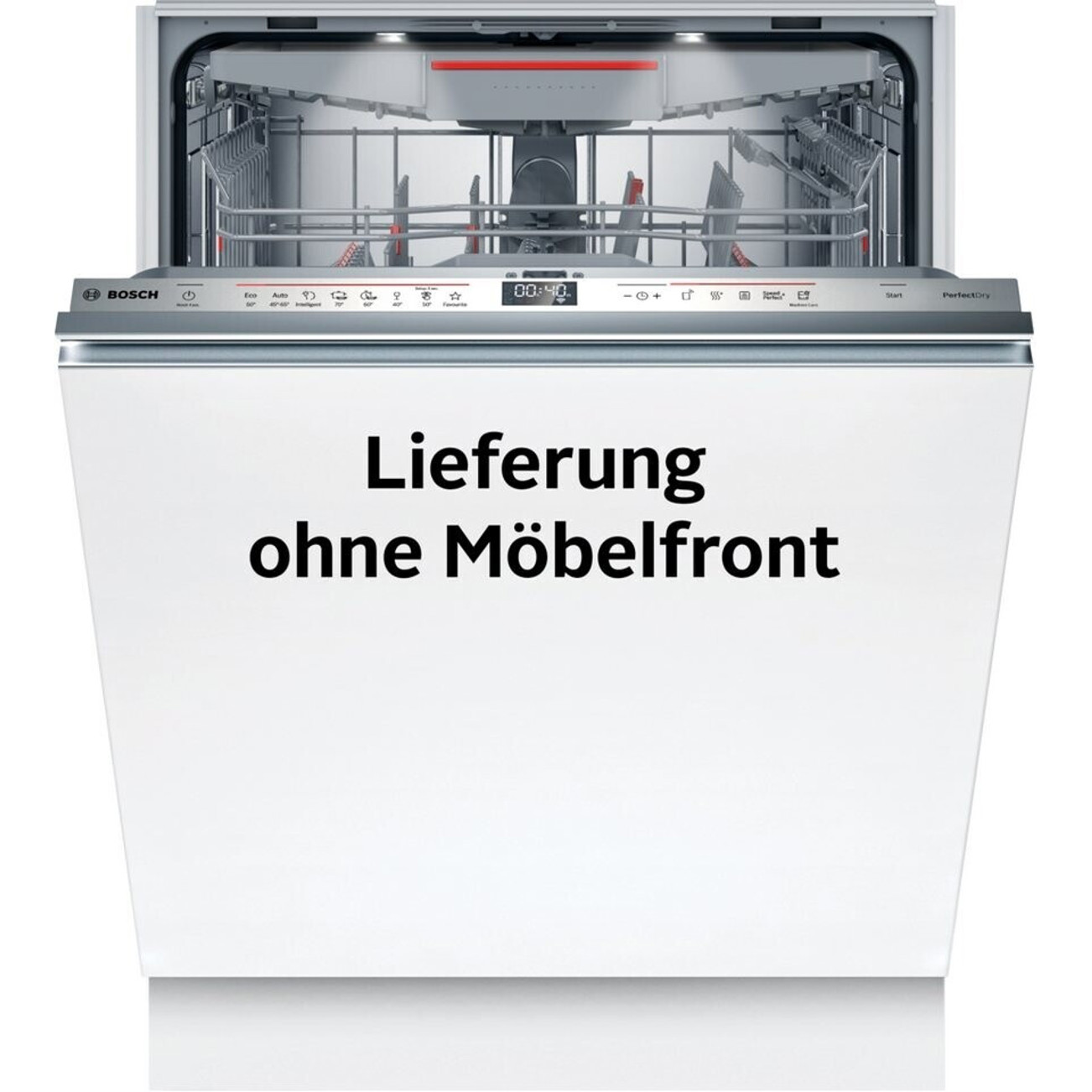The Ultimate Built-in Oven Test: A Comprehensive Guide
In today's contemporary kitchen areas, built-in ovens have actually ended up being an important device, providing more than just a method of cooking food. Their smooth designs, innovative features, and effective cooking approaches can substantially boost the culinary experience. Nevertheless, with a variety of choices on the marketplace, selecting the ideal built-in oven can be frustrating. This article intends to dive deep into the intricacies of built-in ovens, offering a structured method to evaluating their abilities and performance.
1. Understanding Built-in Ovens
Before diving into the screening procedure, it's important to understand what distinguishes built-in ovens from traditional freestanding models. Built-in ovens are developed to be integrated into kitchen cabinetry, offering a smooth look and optimizing kitchen area. They come in various types, including:
- Single Ovens: Ideal for smaller households or those who prepare occasionally.
- Double Ovens: Offering the flexibility of cooking numerous meals at various temperature levels, ideal for larger households or those who captivate frequently.
- Combination Ovens: Merging convection and microwave technologies for fast and efficient cooking.
Table 1: Types of Built-In Ovens
| Oven Type | Description | Ideal For |
|---|---|---|
| Single Oven | A single cooking cavity for standard cooking | Small families |
| Double Oven | 2 separate cavities for simultaneous cooking | Big households |
| Combination Oven | Combines convection and microwave cooking | Quick meal prep |
2. Criteria for Testing Built-in Ovens
Checking a built-in oven includes a number of crucial requirements that can identify its general efficiency and user fulfillment. Here's a breakdown of what to test:
2.1 Cooking Performance
- Preheat Time: Measure how quickly the oven reaches the wanted temperature.
- Temperature Accuracy: Check the oven's actual temperature against the set temperature using an oven thermometer.
2.2 Cooking Consistency
- Even Cooking: Cook a batch of cookies to see if they bake evenly.
- Roasting: Test a chicken to ensure it cooks fully without sweltering.
2.3 Features and Controls
- Interface: Evaluate the ease of use for dials, buttons, or touch controls.
- Cooking Modes: Assess the range and effectiveness of readily available cooking modes, consisting of baking, broiling, and grilling.
2.4 Design and Build Quality
- Materials: Investigate the building materials for toughness and upkeep.
- Visual appeals: Consider how well the oven integrates into the kitchen décor.
2.5 Energy Efficiency
- Energy Consumption: Review energy ratings and efficiency throughout usage.
- Self-Cleaning Features: Examine if the self-cleaning alternative works and simple to use.
Table 2: Testing Criteria for Built-In Ovens
| Criterion | What to Test | Importance |
|---|---|---|
| Cooking Performance | Preheat time, temperature precision | High |
| Cooking Consistency | Even cooking, roasting quality | High |
| Features and Controls | User user interface, cooking modes | Medium |
| Style and Build Quality | Materials, looks | Low to Medium |
| Energy Efficiency | Energy usage, self-cleaning features | High |
3. Testing Process
The testing process is organized and can be broken down into a series of stages. Here's how to carry out an extensive test for built-in ovens:
Phase 1: Initial Set-Up
- Installation: Ensure the oven is installed according to the maker's requirements.
- Calibration: Calibrate the oven if necessary, following the user handbook.
Stage 2: Preheat Testing
- Test1: Set the oven to 350 ° F and time how long it takes to reach that temperature. Repeat for 400 ° F and 450 ° F. Phase 3: Cooking Tests
- Cookie Baking: Bake numerous trays of cookies, switching their positions halfway through to test for evenness.
- Roasting Chicken: Roast a whole chicken, noting the cooking time and internal temperature at various points.
Stage 4: Feature Evaluation
- Control board: Use various functions to explore ease of navigation and responsiveness.
- Multifunctionality: Test additional modes like convection and barbecuing.
Phase 5: Efficiency Assessment
- Energy Consumption: Use a watt meter to determine energy use throughout various cooking jobs.
Stage 6: Cleaning and Maintenance
- Self-Cleaning Cycle: Run the self-cleaning cycle and evaluate tidiness after completion.
4. Typical FAQs About Built-In Ovens
Q1: How do I pick the ideal built-in oven for my kitchen area?
Picking the ideal built-in oven depends upon your cooking practices, kitchen area, and style preferences. Think about Vixaro Versand as size, cooking capacity, and offered functions.
Q2: Are built-in ovens more expensive than standard ovens?
Generally, built-in ovens tend to be more costly due to their style and installation requirements. Nevertheless, they can also boost your kitchen area's aesthetic and performance.
Q3: What's the average life-span of a built-in oven?
The typical lifespan of a built-in oven is around 10 to 15 years, depending on use and maintenance.
Q4: Do built-in ovens need more maintenance?
Built-in ovens normally need comparable upkeep to conventional ovens, though the integrated design might make ease of access for cleaning up somewhat more tough.
Checking a built-in oven is essential before buying, as it permits potential buyers to ascertain the device's abilities and ensure it meets their requirements. By thinking about important aspects such as cooking efficiency, features, design, and energy efficiency, one can make a well-informed decision.
With the ideal screening protocols in location, picking the ideal built-in oven can transform not just your cooking experience but likewise raise your entire kitchen's design and functionality.

